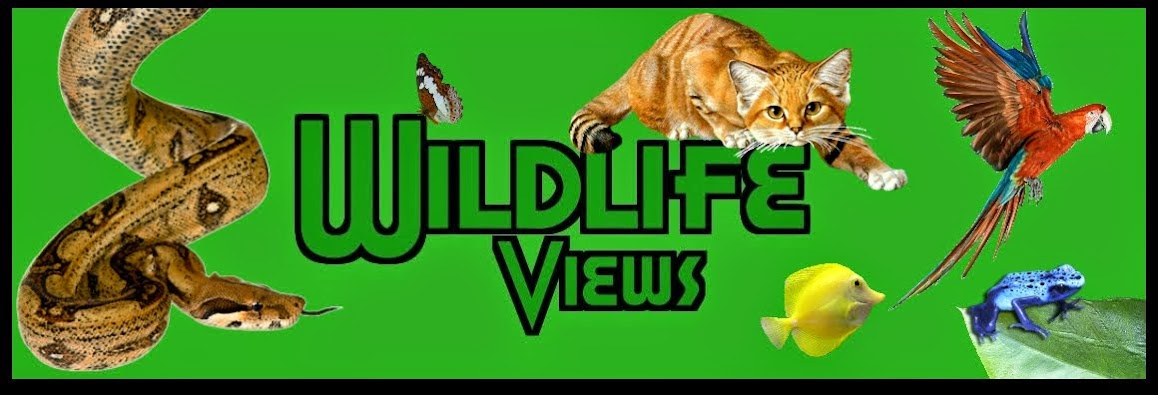Baby panda or baby dog? Can you tell?
Take a look at the picture above, now ask yourself am I looking at a baby panda or a baby dog? Hopefully upon further investigation you will notice that this is a picture of a dyed chow chow puppy however, patrons of the Italian Orfei Circus in Bescia completely failed to notice this. As they approached the circus entrance they were met with staff members holding two little bundles of fluff which the public were led to believe were panda cubs and asked if they wanted pictures holding them. It was only when the animal rights group Animal Protection Party (APP) intervened and exposed the hoax did this tale of misconception end.
A Panda (Ailuropoda melanoleuca)
Other than having runny eyes possibly due to the constant flashing from cameras, the puppies were in good health preventing any cruelty charges from being administered but it was later discovered that they were imported illegally from Hungary on fake passports which means the circus could face charges, not to mention numerous misrepresentation charges from angry paying patrons who had pictures taken with the supposed panda cubs; the circus secretary denied any wrongdoing stating that "it was obvious they were dogs".
This is by no means a first for the canine world with dying dogs becoming extreamly popular in countries such as China where dogs such as chow chows sport looks such as pandas, lions and tigers; a zoo in China even had a chow chow that looked like a lion in its lion exhibit which did fool some zoo goers!
A dog. Honestly!
All humor aside it is slightly worrying to see that people can be this easily deceived, could this show possibly just how detached we have become from the natural world around us that we can no longer recognize the amazing species that live alongside us from those that are clearly imposters?
What are your thoughts on the topic? Would you have been fooled? As always please comment in the box below and thanks for reading.







